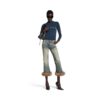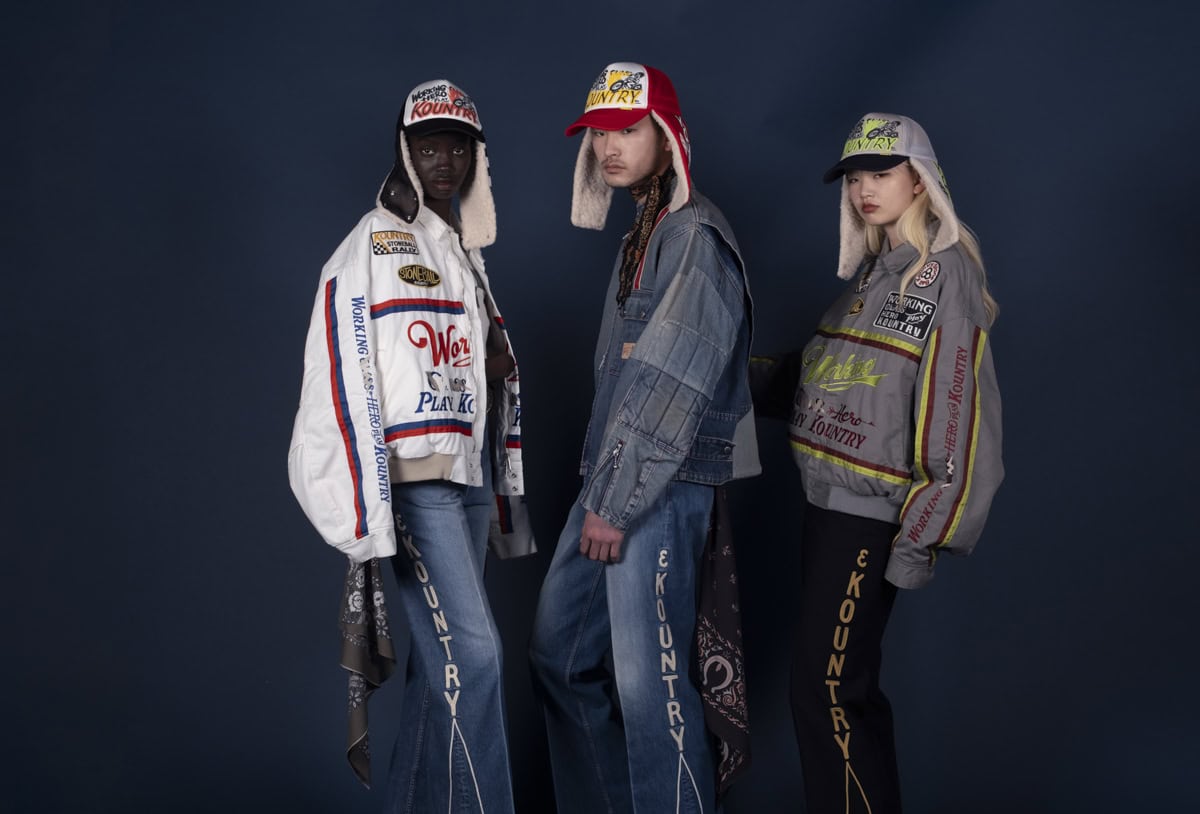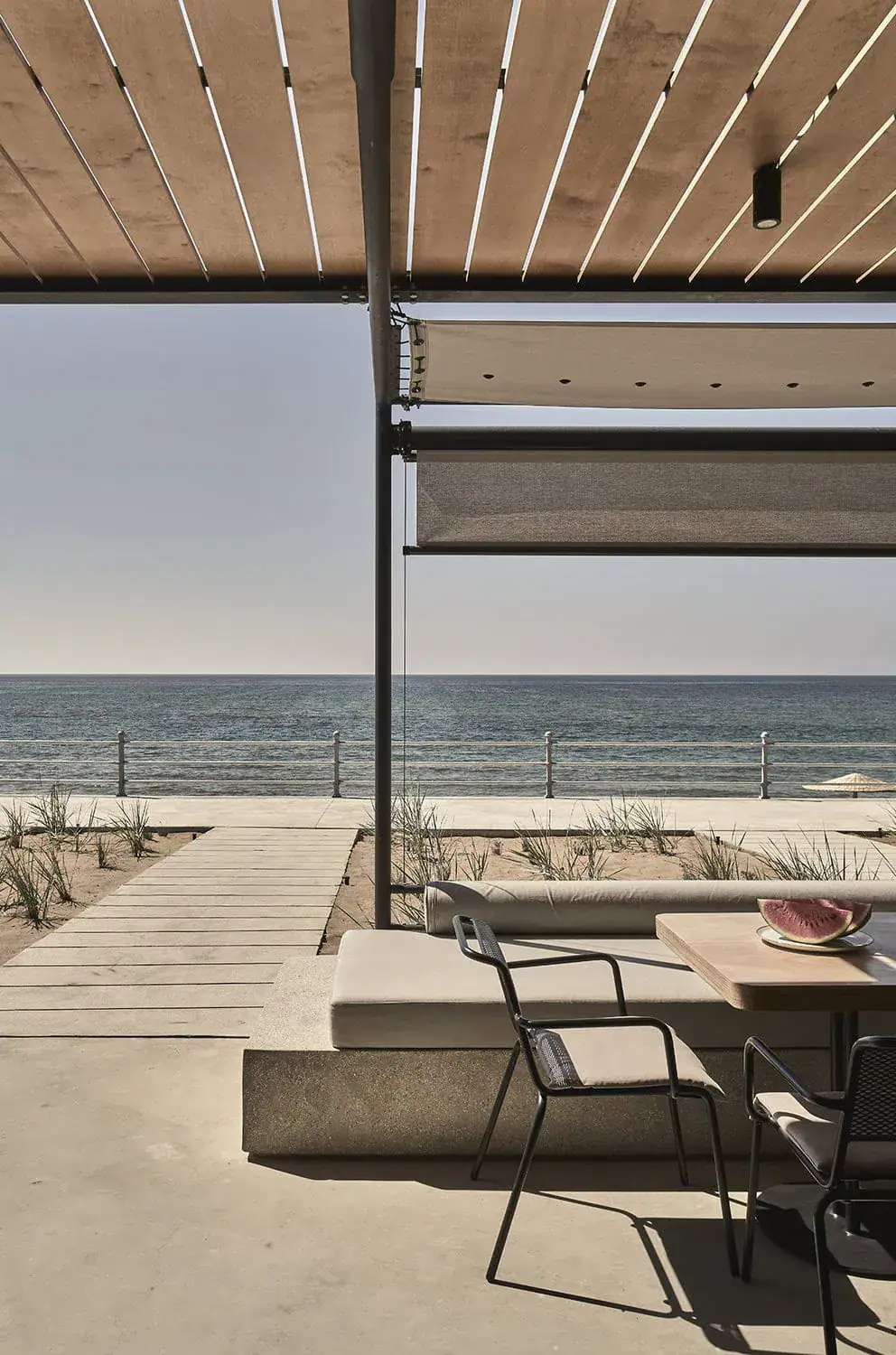How functional clothing became art – and why Japanese designers continue to inspire with authenticity, craftsmanship, and attitude.
On the streets of Tokyo, construction jackets meet oversized coats, work boots pair with high-fashion sneakers. What seems like contrast is, in truth, a cultural statement: the transformation of the functional into the poetic, the ordinary into the exceptional.
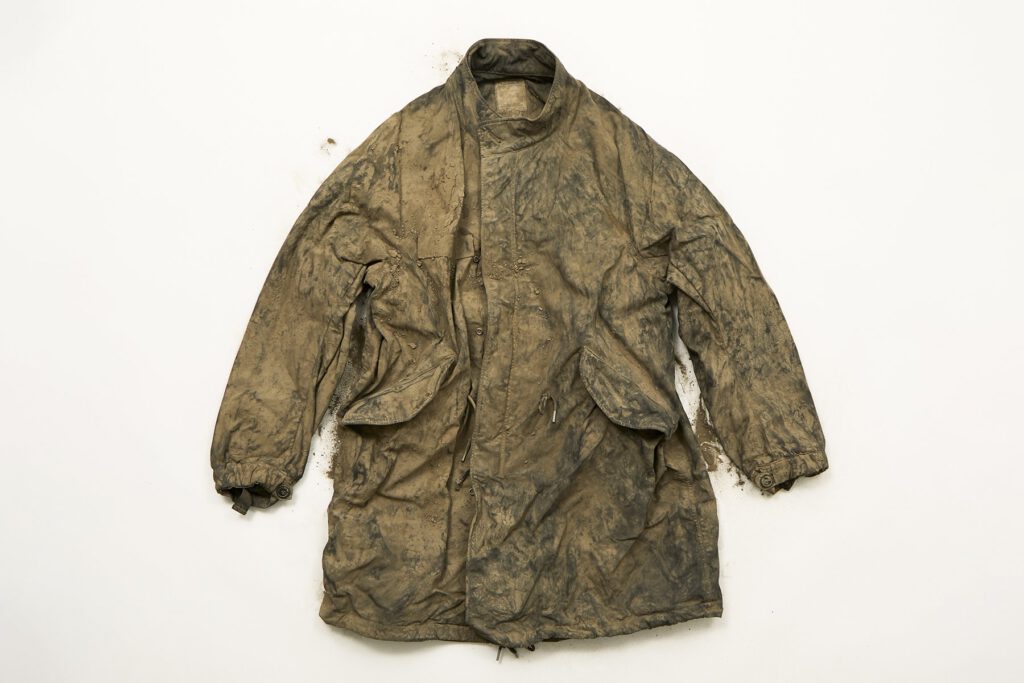
The Roots: Sashiko, Boro and the Beauty of Use
In Japan, workwear holds a cultural meaning beyond utility. As early as the 17th century, families decorated their work kimonos with Sashiko stitching – geometric patterns that turned necessity into beauty.
Even more iconic is Boro, the patching and layering of old textiles into new garments – once born of scarcity, now a symbol of sustainability and aesthetic depth. Brands like Kapital and Blue Blue Japan keep this spirit alive, crafting denim pieces that feel like wearable history.

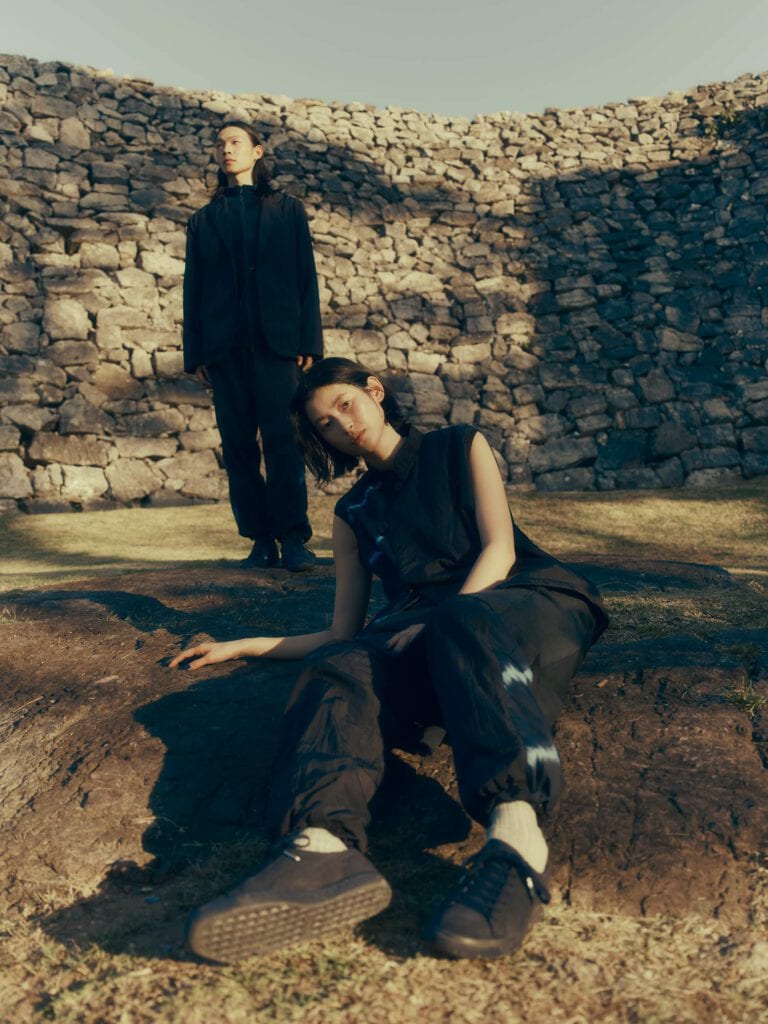
Avantgarde as Attitude: Yohji Yamamoto & Rei Kawakubo
In the 1980s, Yohji Yamamoto and Rei Kawakubo (Comme des Garçons) brought Japanese workwear philosophy to Paris – and shook the fashion world.
Black, asymmetrical, deconstructed: their collections turned uniforms into statements of strength and individuality, transforming functionality into radical elegance.
The New Generation: Kapital, Visvim, Watanabe
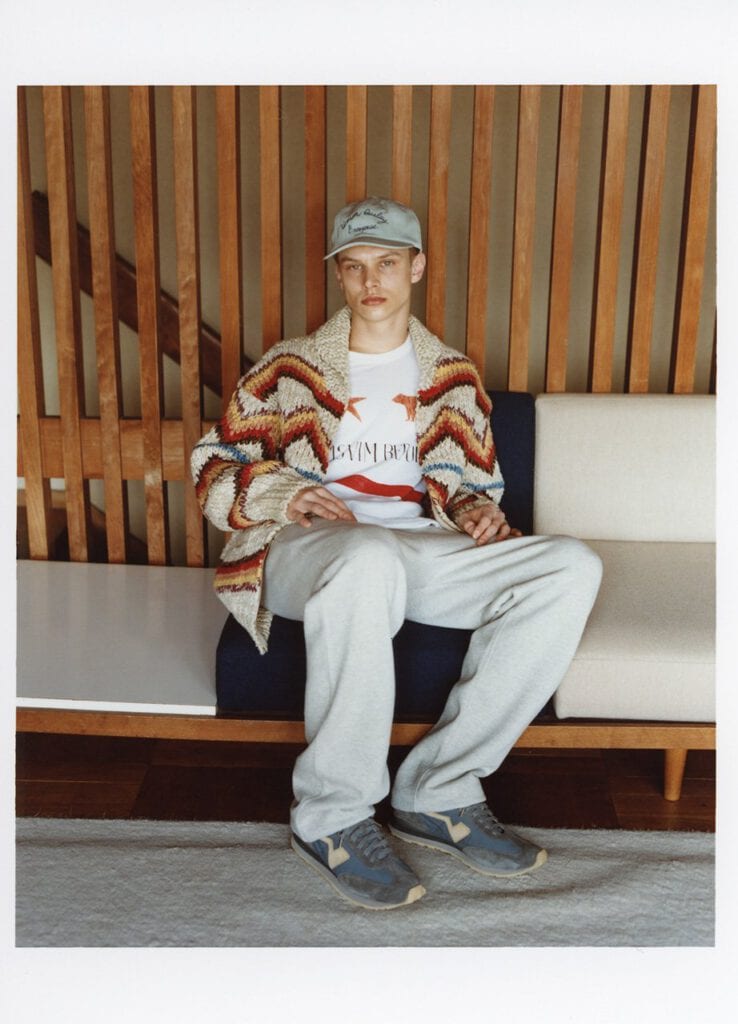

A new wave of designers redefined workwear as modern luxury. Hiroki Nakamura (Visvim), Kapital, and Junya Watanabe merge traditional craftsmanship with global culture. Their garments tell stories of travel, technique, and authenticity – denim turned into art, utility transformed into desire.


From Streetwear to Couture
Japan’s avantgarde blurred the lines between streetwear and high fashion. Labels like Neighborhood and Undercover combine uniforms and motorcycle gear with rebellion and refinement.
The influence reached far beyond Tokyo – inspiring designers like Dior Homme, Balenciaga, and Margiela, who translated Japanese workwear codes into modern luxury.
Margiela and the European Translation
Martin Margiela shared this fascination with the functional. His iconic Tabi Boots, inspired by Japanese work shoes, became an avantgarde symbol worldwide. Margiela showed that luxury can arise from labor – and beauty from imperfection.
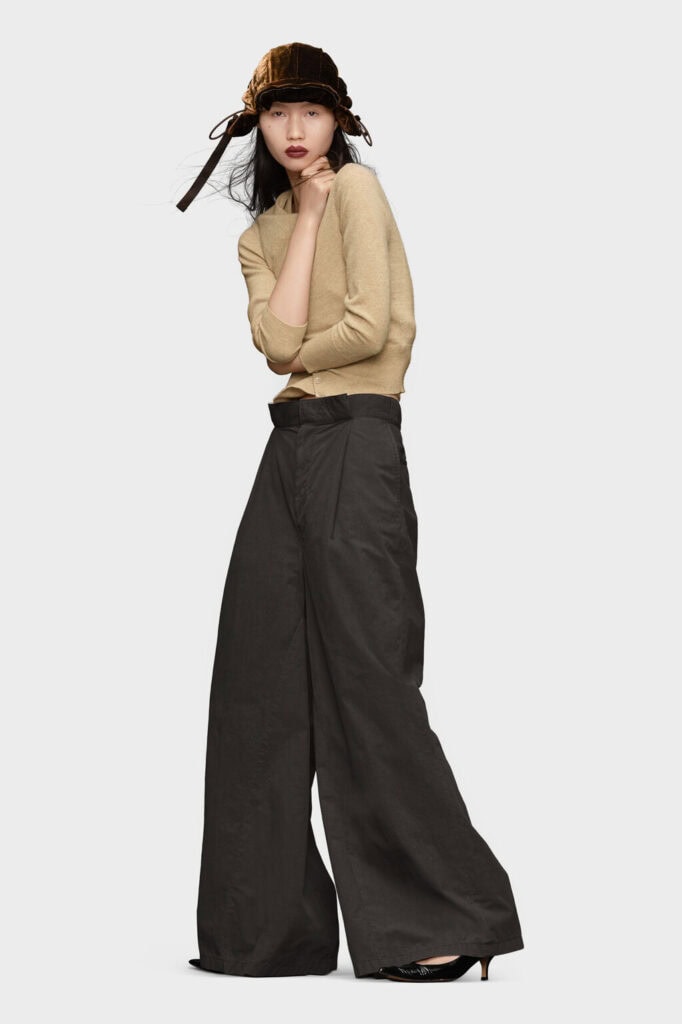

Why Now?
In a world of excess and digital gloss, authenticity becomes luxury. Japanese fashion offers precisely that – not nostalgia, but honesty.
“Workwear is honest,” says Takahiro Miyashita (The Soloist). “It tells stories about life, not about trends.”

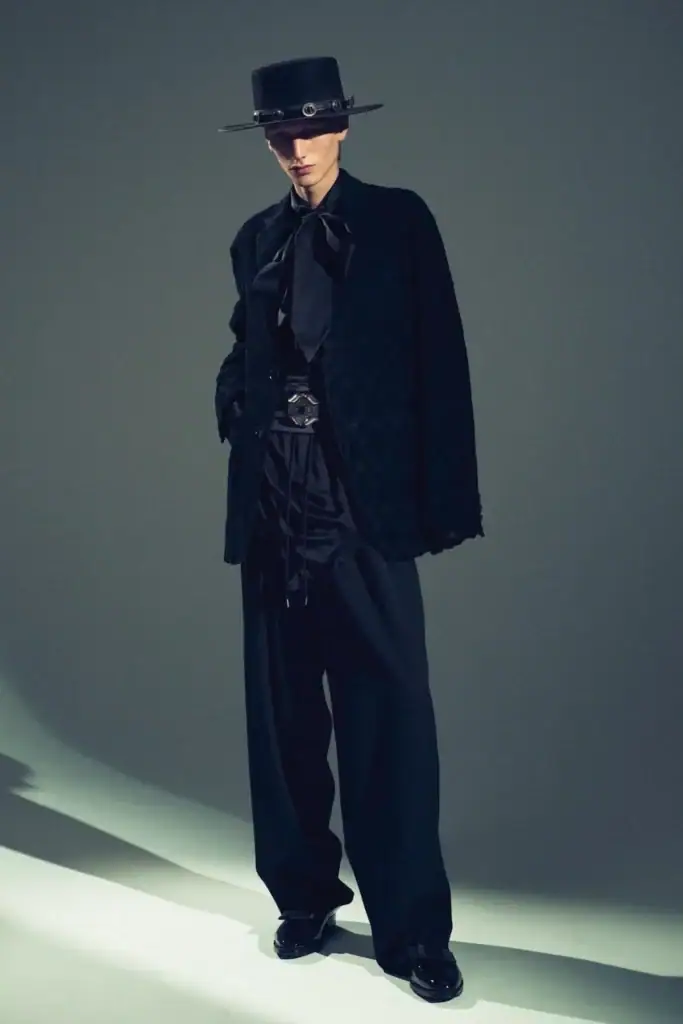
The Future of Workwear Avantgarde
Today’s designers continue this legacy with sustainable materials, upcycling and technical innovation.
Workwear has evolved beyond fashion – it’s a cultural statement, a philosophy, and a vision of the future.

